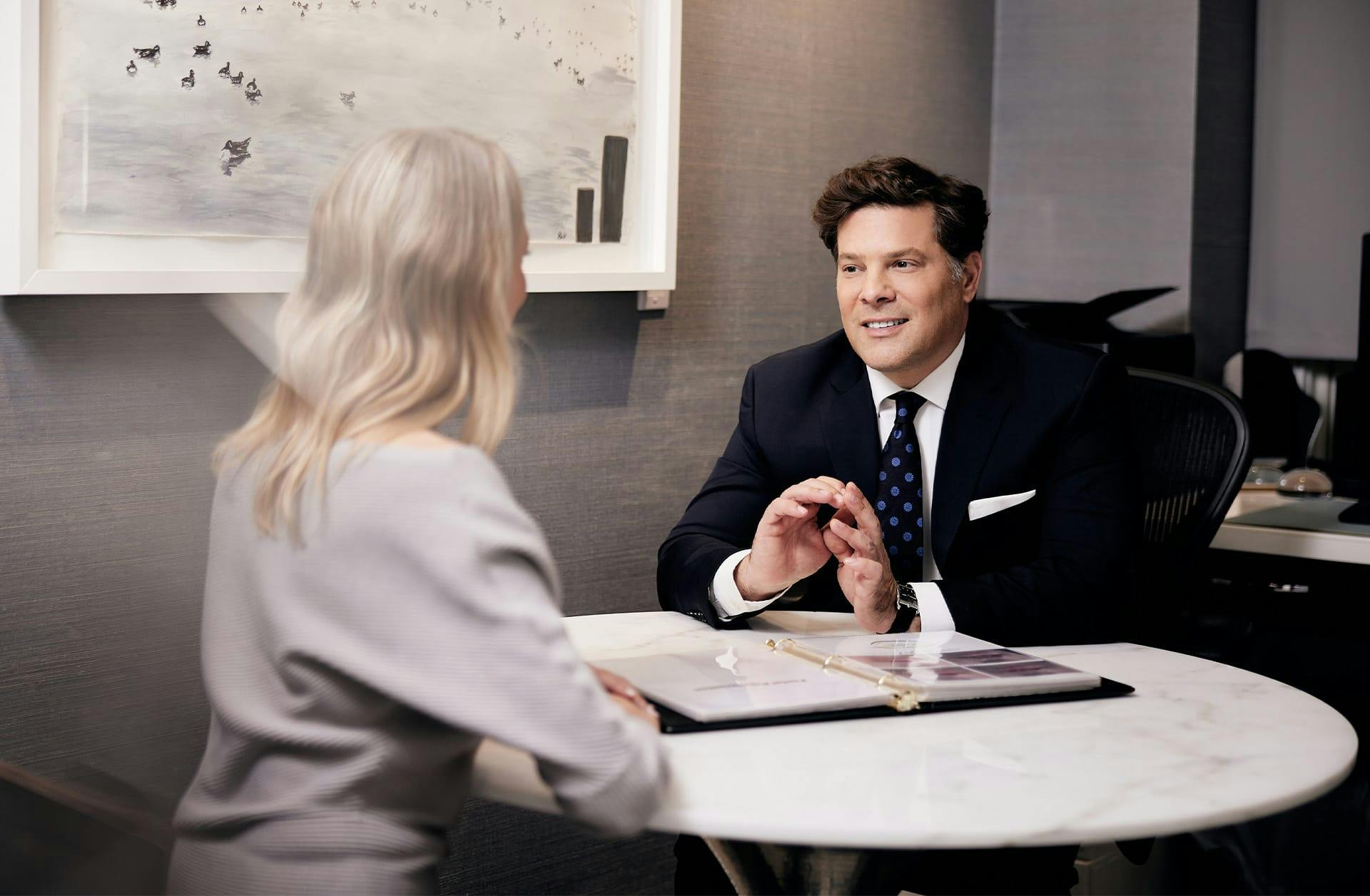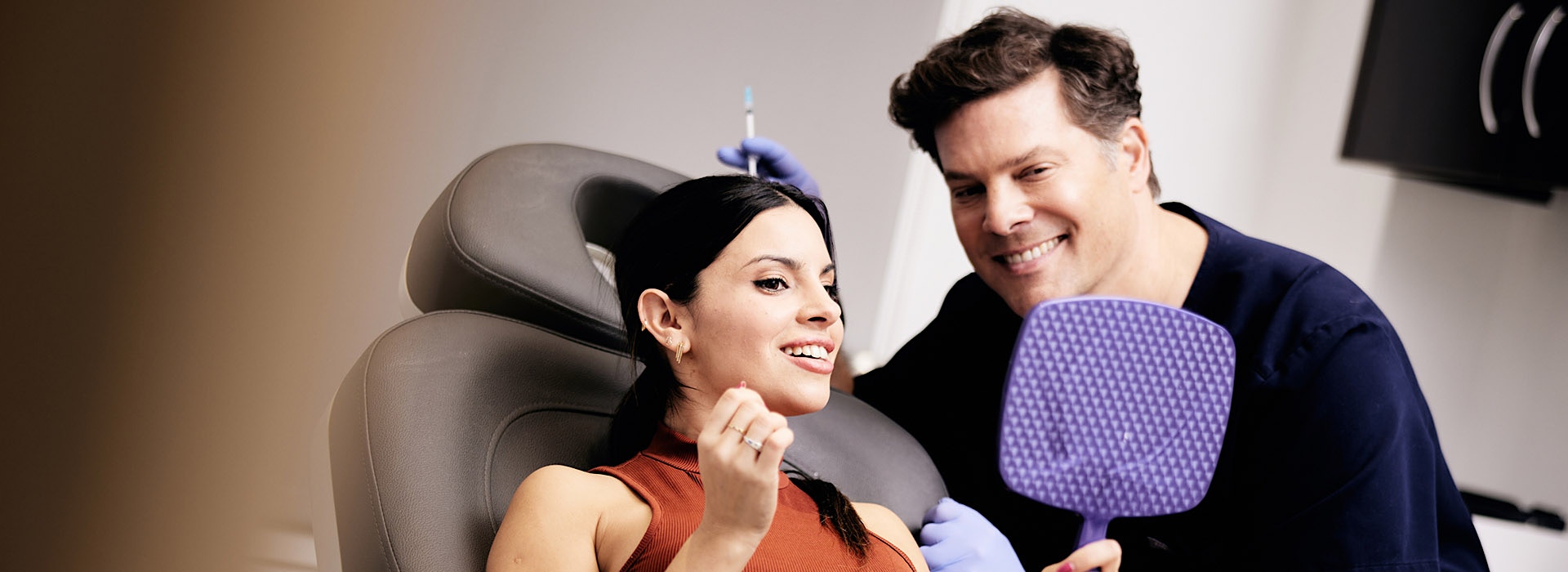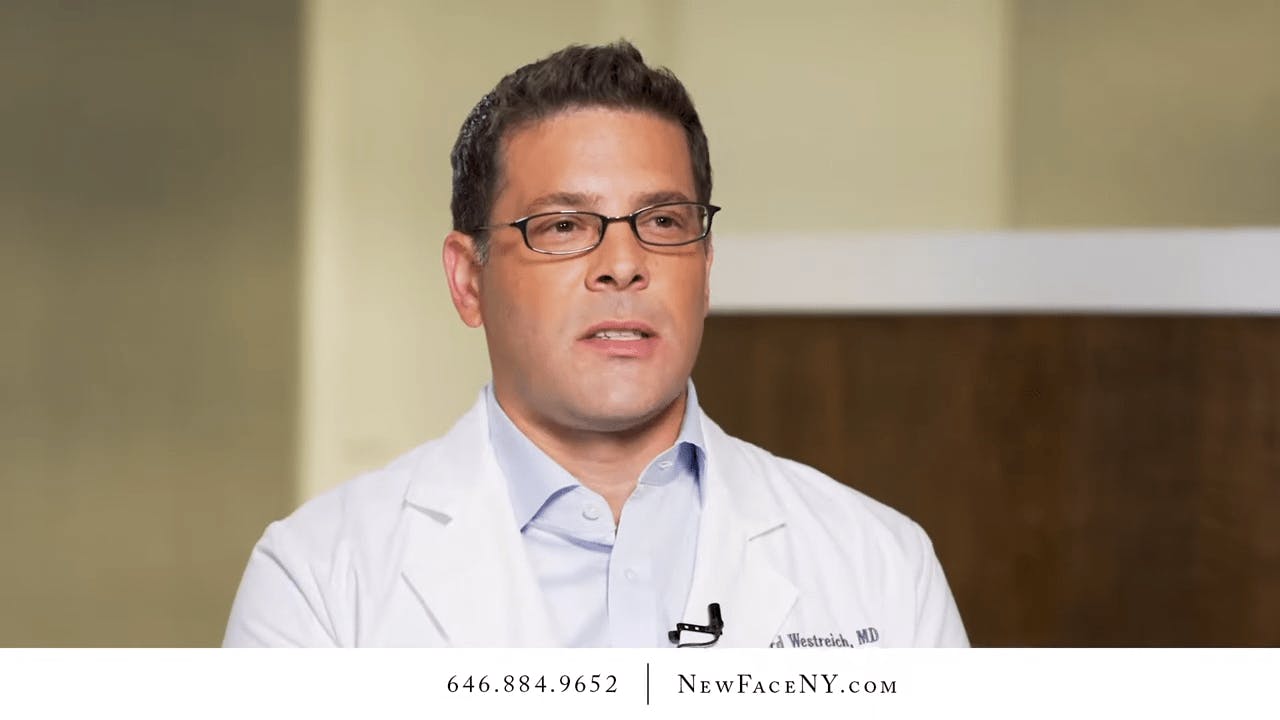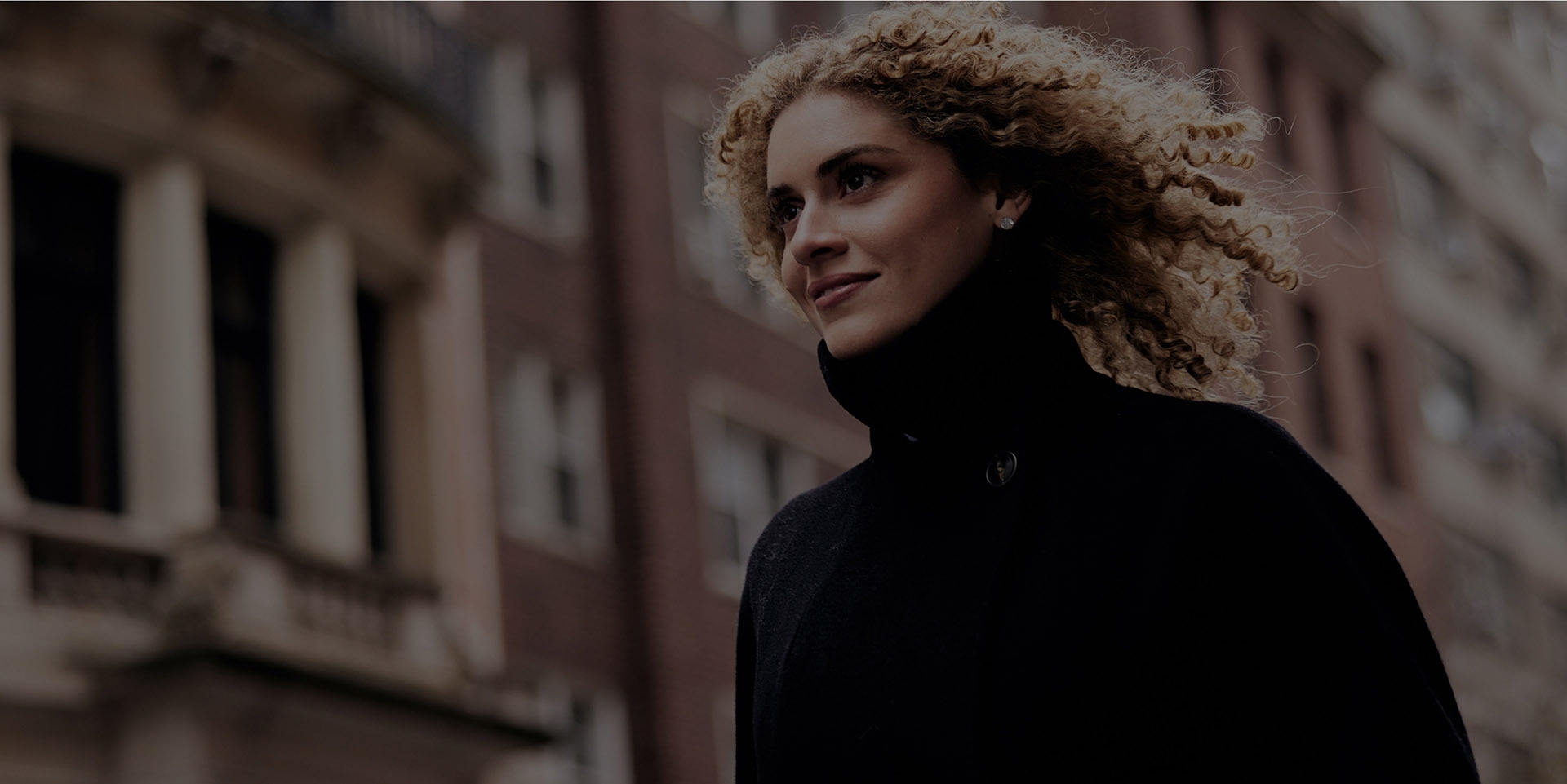For those who have chosen to have a previous rhinoplasty procedure, a cosmetic surgery that can alter the shape, size, and appearance of the nose, the results may have turned out more or less than expected. Since, in the nose, even small changes can be subtly dramatic, there are many opportunities to negatively impact the overall balance of the result. When a Rhinoplasty is performed correctly, even a subtle adjustment to the nose can drastically change self-perception for the better. Any patient that is dissatisfied with the outcome of a prior procedure is therefore a candidate.
However, not all nose surgeries end in success stories. Unfortunately, on average, about five to ten percent of individuals who have undergone a rhinoplasty suffer from poor results or complications following the operation. Many of these patients were treated by physicians who do not specialize in Rhinoplasty. When this occurs, a corrective surgical procedure, called a revision rhinoplasty, may be recommended to address aesthetic, functional and/or medical concerns. New York double board-certified facial plastic surgeon Dr. Richard Westreich suggests you consider NYC revision rhinoplasty if you have or are experiencing one or more of the following symptoms:
- Restricted breathing, nasal obstruction or a functional problem following your initial rhinoplasty
- An injury to the nose sustained during the surgical recovery period
- Dissatisfaction with the final appearance of your nose after it has healed
- Problems with the nasal tip, such as contour asymmetry, alar collapse, over or under projection or tip deviation
- Irregularities in the bridge and central nose due to the removal of too much bone or cartilage or, conversely, the failure to remove enough of either.
- Uncorrected problems, such as a persistent bump that was not adequately improved
- Unnatural-looking results that create an aesthetic imbalance.
For those seeking an aesthetic improvement after a primary rhinoplasty procedure, it is also important to remember that the nose will continue to change as it heals. It can take months for the nose to completely settle into its new form, thus a revision nose surgery should not be scheduled before the nose has thoroughly healed – usually 12-18 months post-procedure.
Ideal candidates for a revision nose job are looking to improve the results of previous rhinoplasty surgery and have realistic expectations of what the procedure can accomplish. In the case of revision rhinoplasty, it is necessary to build a good rapport with the right surgeon to ensure that your goals can be met. Dr. Westreich recognizes the importance of communication with the patient, and understands the delicateness of the situation.
Because a precise assessment of the problem or nasal deformity is necessary, revision rhinoplasty is an extremely difficult procedure to perform. In his NYC practice, Dr. Westreich focuses solely on aesthetic facial and reconstructive surgery, making him highly experienced in rhinoplasty procedures. Dr. Westreich has the expertise to identify correctable defects, as well as has the surgical skill to fix them.
As a rhinoplasty specialist, Dr. Westreich has pioneered new methods to use in nose job surgeries. For example, Dr. Westreich’s expertise in closed nasal surgery allows him to perform 99% of his revisions using the closed approach, even if the prior surgery was done open. He performs many revision nose surgeries, from subtle to extensive. In order to perform revision Rhinoplasty surgery, a surgeon must have extensive experience in nose surgery and Dr. Westreich has performed many many nasal procedures over the course of his career.
Dr. Westreich will occasionally opt to use dermal fillers to correct minor irregularities in a previously performed rhinoplasty. Sometimes this is used as the primary treatment, while other times, it is used to show the patient how a result will appear after surgery.
He frequently publishes articles, making him well informed about the current trends and the latest advancements in the field of nose surgery.
If you are in NYC and are not content with the outcome of your primary rhinoplasty procedure, contact us at our New York office for a consultation. Dr. Westreich can review your case and determine if you are an ideal candidate for revision rhinoplasty.


















